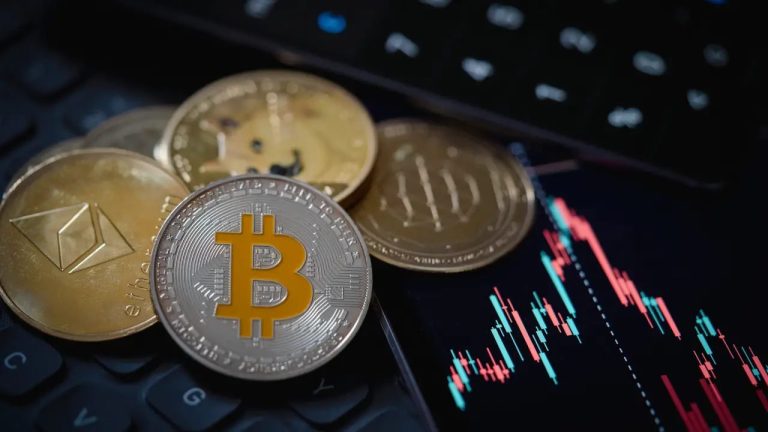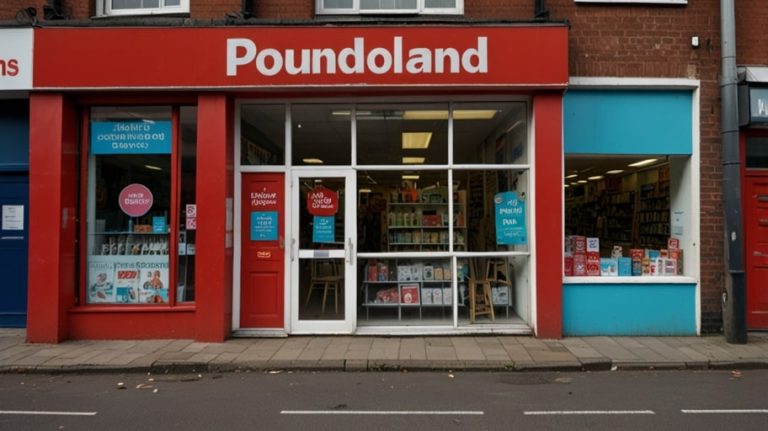These days, it’s common to spot solar panels on rooftops or in open fields, especially when driving through rural areas. As solar energy becomes more popular among both businesses and homeowners, the demand for smarter ways to monitor, manage, and get the most out of these systems continues to grow.
Building smart, connected solutions that transform traditional solar setups into intelligent energy ecosystems requires strong technical expertise. One company with such expertise is Indeema Software. Indeema is your partner in the IoT domain. Indeema is your engineering partner in the IoT domain.
The Internet of Things is exactly the technology that transforms business processes and improves production tracking. In this article, we’ll explore how IoT is used in solar energy management, which features matter most, and how it’s already making a real-world impact.
-
Why Solar Systems Alone Aren’t Enough
Solar panels convert sunlight into electricity, but the process isn’t always optimized. Without proper monitoring and control, you might:
- Waste unused energy
- Miss early signs of system failures
- Struggle with energy distribution during peak hours
- Fail to identify performance trends
Businesses, homeowners, and installer companies all need smarter systems that do more than just collect data — they need insights and automation.
-
How IoT Solves Key Challenges in Solar Energy Management
IoT-based solutions connect physical assets (like solar inverters, batteries, and meters) to digital platforms, enabling:
- Real-time data collection from every panel or system component
- Remote monitoring and fault detection
- Predictive maintenance using historical data
- Smart distribution of energy based on usage patterns
- Integration with grids or other renewable systems
These capabilities not only improve system uptime but also allow for better financial planning and decision-making.
-
Real-World Example: Solar Energy Management Platform for Swiss Installers
One of Indeema’s notable success stories involves the development of a custom energy management platform for client in solar domain in Switzerland. Designed to serve both end-users and installer companies, this Energy Balance (EB) system goes far beyond basic monitoring. It offers smart automation, high-resolution analytics, and seamless scalability to support the demands of the local growing renewable energy sector.
Key Features Include:
- Energy Visualization: Real-time tracking of solar production, household consumption, and battery storage levels.
- Smart Distribution: Dynamic balancing of energy usage across devices and systems to reduce waste and optimize efficiency.
- Trend Analysis: Identification of seasonal and daily energy production patterns to inform predictive behavior and planning.
- Configuration Updates: Remote delivery of firmware and software updates to connected photovoltaic (PV) systems.
- User Roles: Role-based access control for homeowners, installers, and system administrators to ensure security and proper data management.
Challenges & Solutions:
Indeema’s engineering team faced several technical challenges during development:
- High-Resolution Graphing: The platform required detailed graphical representations of energy data at multiple time intervals, from hourly to yearly views. To solve this challenge, sensors were configured to collect data every minute, and a robust backend architecture was developed to process and visualize the data efficiently.
- Optimizing Data Performance: The sheer volume of collected data posed a challenge for fast frontend display. The team implemented a time-series database (TSDB), introduced caching layers, and downsampled the data stream. To lower storage costs and enhance overall system performance, older and less frequently accessed data was moved to an archive.
- Precision in Energy Consumption Calculations: Initial energy usage estimates lacked consistency due to the complexity of the calculations. Indeema’s team conducted an in-depth analysis and refined the algorithms to ensure accurate measurement of consumed, stored, and generated energy.
Business Impact:
The platform has enabled Swiss solar installers to deliver significantly more value to their customers. Homeowners get better visibility into their energy use, save on costs, and extend the return on their solar investment. At the same time, installers stand out by offering smarter services — like remote diagnostics and predictive maintenance — which help them build stronger client relationships and grow their business.
-
What to Consider When Building an IoT-Based Solar Management System
Building a smart solar energy IoT solution isn’t just about adding sensors. It requires thoughtful architecture and engineering.
Here are five critical things to keep in mind:
- Scalable Device Integration
- Your system should support a variety of solar inverters, meters, and batteries.
Use standardized protocols (like MQTT, Modbus, or BACnet) where possible.
- Your system should support a variety of solar inverters, meters, and batteries.
- Cloud Infrastructure
- Choose reliable platforms (e.g., AWS, Azure) to ensure uptime and flexibility.
Enable secure storage, data streaming, and real-time analytics.
- Choose reliable platforms (e.g., AWS, Azure) to ensure uptime and flexibility.
- Edge Computing for Smarter Control
- Local processing can reduce latency and ensure autonomous decisions even without internet access.
- Ideal for remote locations or systems needing instant response.
- User Experience (UX)
- Dashboards should be clear and informative for different roles — installers, end-users, admins.
Alerts, suggestions, and reports should be actionable, not overwhelming.
- Dashboards should be clear and informative for different roles — installers, end-users, admins.
- Security & Compliance
- Protect customer data and prevent unauthorized access.
Ensure your system meets EU data privacy regulations (GDPR), especially if it operates in Europe.
- Protect customer data and prevent unauthorized access.
5. The Business Case: Why Installer Companies and Utility Providers Care
IoT-powered solar management tools offer real business value:
- Reduce maintenance visits through remote diagnostics
- Improve customer satisfaction by offering smart insights
- Optimize grid load and reduce strain on infrastructure
- Offer premium services like dynamic pricing or AI-powered energy forecasting
Example: Automated monitoring replaces 2 full-time technicians ($80,000 salary + benefits). Redirecting them to revenue-generating roles (e.g., sales) boosts profitability.
For a mid-sized solar installer managing 5,000 systems, IoT tools can deliver:
- $200,000+ in annual maintenance savings
- $300,000+ from new premium services
- $100,000+ in grid optimization savings
The real, measurable benefits of IoT-based solar management often lead to a return on investment within just 12 to 18 months. For companies handling dozens or even hundreds of installations, these advantages add up fast — boosting profit margins and building lasting customer trust.
6. Final Thoughts
Smarter solar isn’t about just adding tech — it’s about turning sunlight into strategy. Installers, energy providers, or hardware manufacturers can add IoT to their solar solutions to stand out and build lasting success.
If you’re looking to build a reliable, scalable, and user-friendly platform to manage solar energy more efficiently, Indeema is your partner. With years of experience in IoT development, including real-world deployments in the solar space, Indeema knows how to turn your energy data into actionable insights.















 Bitcoin
Bitcoin  Ethereum
Ethereum  Tether
Tether  XRP
XRP  USDC
USDC  Lido Staked Ether
Lido Staked Ether  TRON
TRON  Cardano
Cardano  Avalanche
Avalanche  Toncoin
Toncoin  Solana
Solana